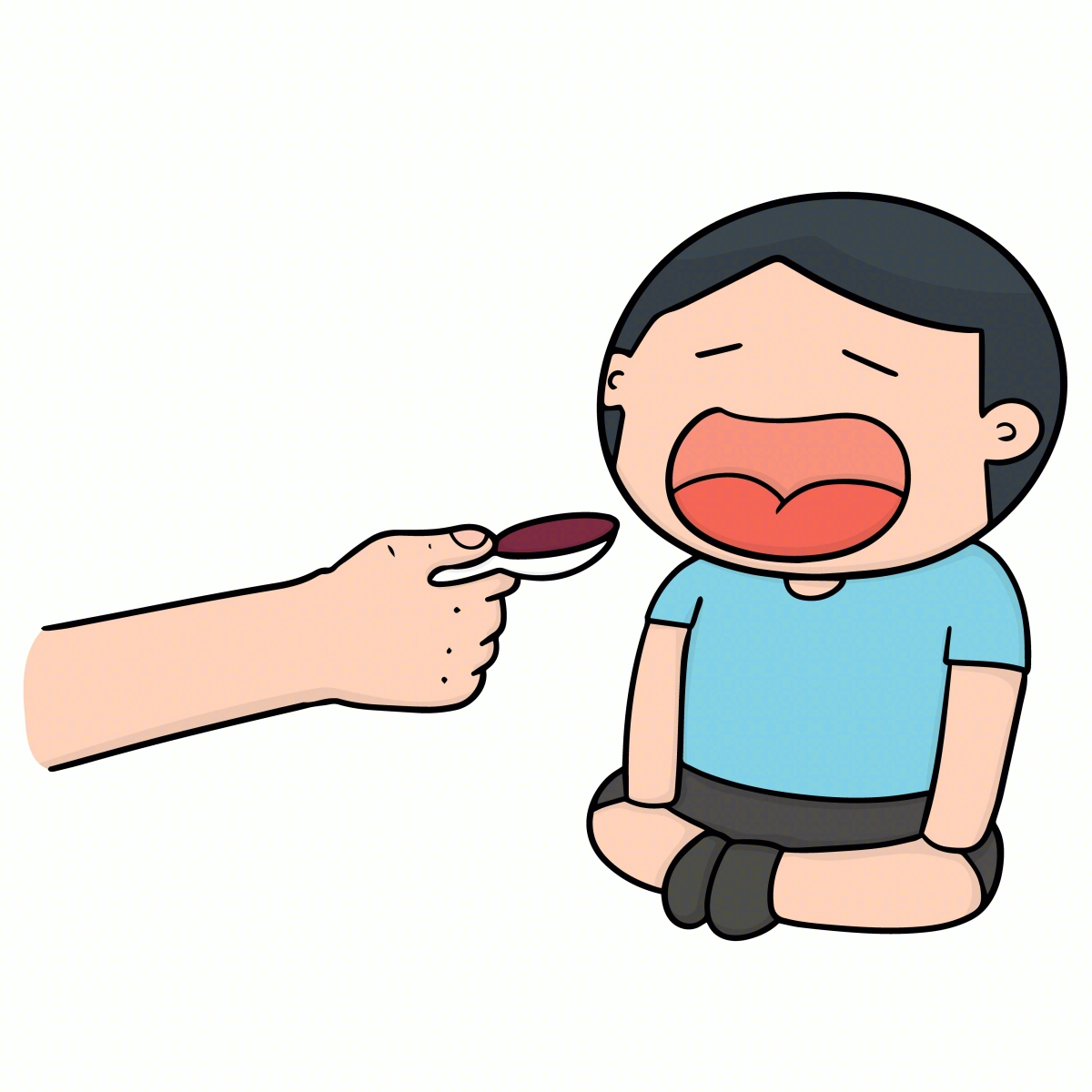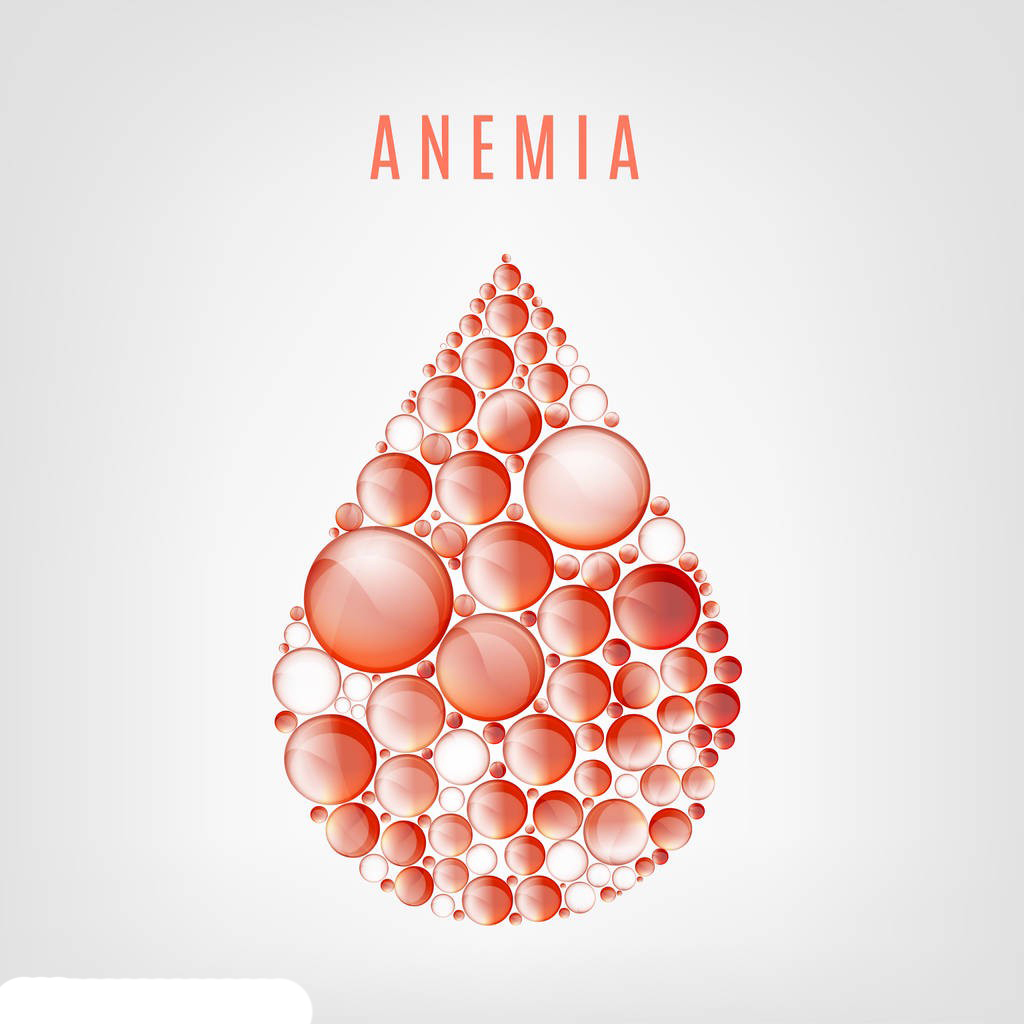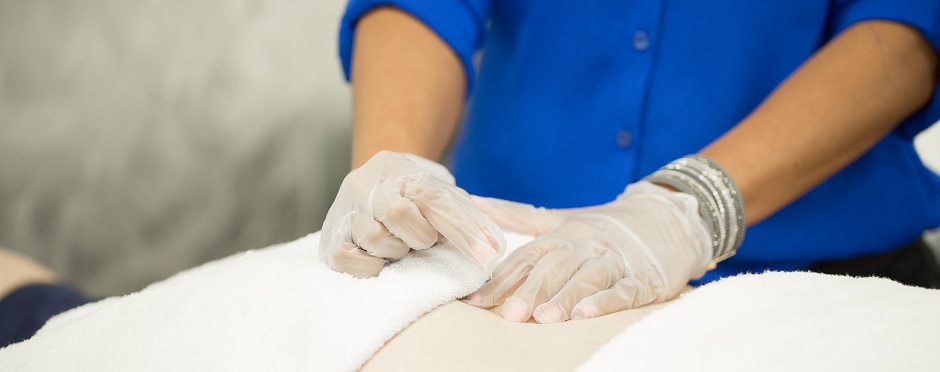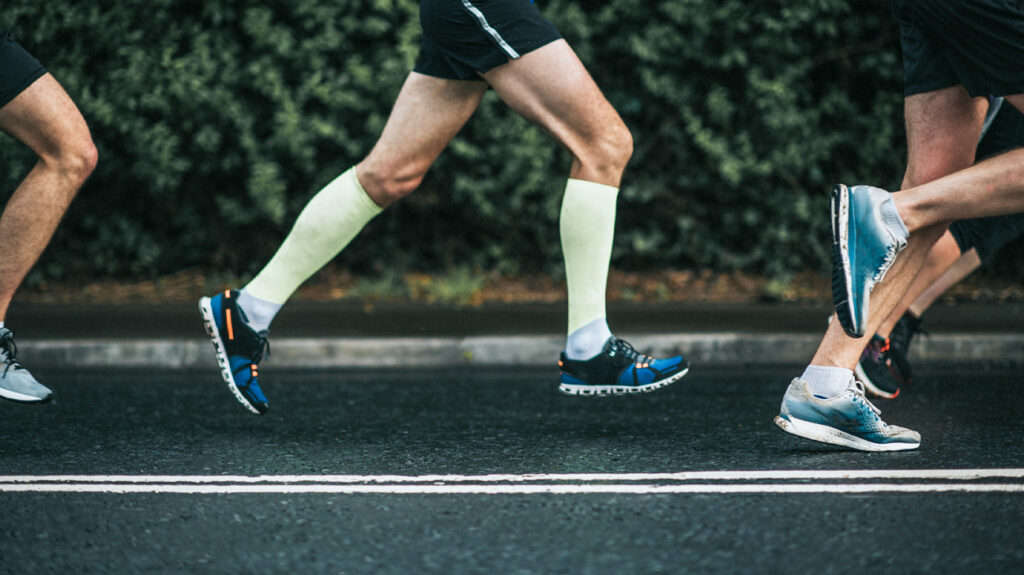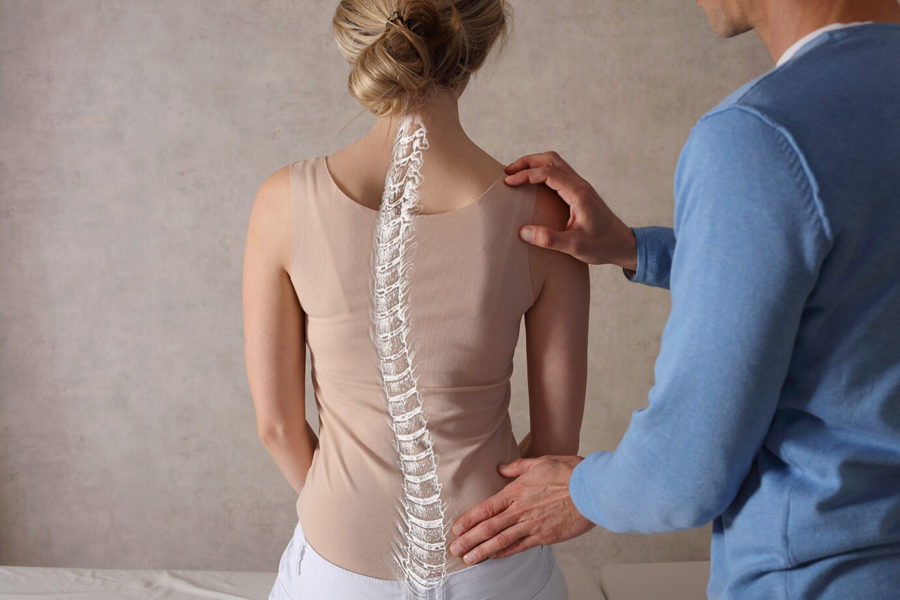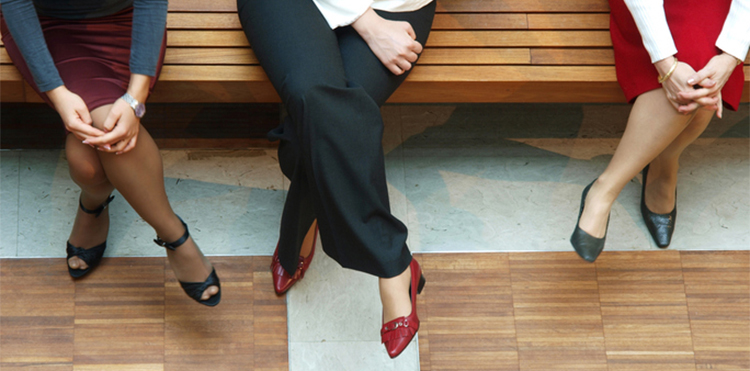Would you like to consider using massage therapy as a health or wellness treatment? You may be hesitant because you’ve heard some worrying things about it. If so, you’re not alone. Many people have heard a number of common concerns about this age-old but often misunderstood treatment option.
To help you make the best healthcare decisions for yourself, here are some of these myths about massage therapy and what you should know about them.
1 If it doesn’t hurt, it isn’t effective. The goal of massage is to relax the muscles to allow proper tissue release and effective healing. If you find yourself holding your breathe, or tightening the muscle being worked because it’s painful, the pressure is too deep and the massage is counter-productive to its purpose. Always talk to your therapist during the session if you’re uncomfortable. Good massage therapists cause results, not pain.
2 Massage is only for women. 35% of women and 24% of men have received a massage in past 12 months. The number of professional athletes receiving therapeutic massage has doubled in the last 2 years.
3 If you’re pregnant, don’t get a message! Not at all true. Touch can convey comfort, awareness and induce relaxation. It can also help alleviate aches and pains. Prenatal massage is different from a regular massage–both in technique and intent. Ask if your therapist has had specific training in pre-natal massage and run away from any practitioner who doesn’t ask questions of collect additional information about the stage and condition of your pregnancy. Massage can be incredibly effective for mothers-to-be.
4 Massage is expensive. If you’re on a budget, is massage therapy out of reach financially? Not necessarily. As it has grown in practical usage and more providers are available, the cost of massage therapy has come down. You can often bundle multiple sessions as well as things like chiropractic care for a lower package price. And be sure to ask your insurance provider about coverage for massage therapy if you’ve had an accident.
How much massage therapy you get is up to you. Your therapist is there to help you find a path to wellness, so they will work with what you can afford. Be honest with them and let them assist you in crafting an affordable plan that keeps you on the road to health.
5 What your massage therapist doesn’t know about your health won’t hurt you (or them). The more you tell your therapist about your current state of wellness, the better the result of the massage. There are some cases when massage is not advised–for the client or for the protection of the therapist.
6 Massage is only for relaxation. Virtually every pro and amateur sports team regularly encourages massage for reducing muscle soreness, and helping with quick recovery. Massage can be for pain relief, injury recovery, to increase focus and clarity, or to calm nerves.
7 Massage therapists and doctors think each other are crazy. About 70% of massage therapists get regular referrals from doctors and other healthcare professionals.
8 Massage will make you feel awkward or self-conscious. We make every effort to ensure your experience is effective and delightful. Comfortable, private rooms and a very skilled therapist ensure you have no worries. Your modesty and comfort are of the utmost importance. You can rest assured nothing but pure massage therapy will happen during your session.
9 You won’t like it. Almost 90% of our customers return after their first visit. There’s something good happening here and you should see what the buzz is about.


